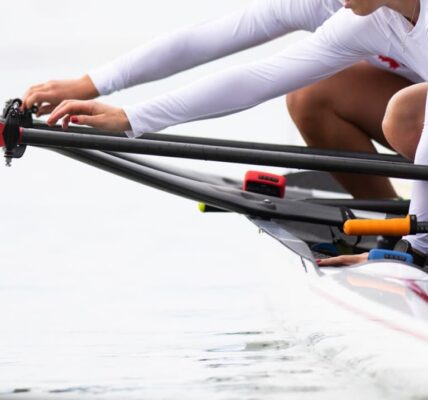Weather plays a significant role in the sport of boat racing, influencing everything from water conditions to race strategies. Whether you’re a novice paddler or a seasoned racer, understanding how weather affects racing can help you prepare effectively and adapt to changing conditions on the water. In this comprehensive guide, we explore the impact of weather on boat racing and provide valuable tips for optimizing your performance in various environments.
1. Wind
Effect on Water Conditions Wind can create waves and chop on the water’s surface, making paddling more challenging. Headwinds slow down boats and require extra effort from paddlers, while tailwinds can provide a speed boost but may also cause instability.
Adapting Strategies
- Headwinds: Maintain a steady pace and conserve energy by focusing on efficient strokes. Lean into the wind to minimize resistance and keep your boat on course;
- Tailwinds: Take advantage of the extra speed but remain vigilant for changes in direction. Use shorter, quicker strokes to maintain control and stability.
2. Rain
Effect on Visibility and Grip Rain can reduce visibility and create slippery conditions on paddles and boat surfaces. This can affect navigation and grip, leading to potential safety hazards and performance issues.
Adapting Strategies
- Visibility: Use bright clothing and reflective gear to enhance visibility in low-light conditions. Consider wearing a hat or visor to keep rain out of your eyes;
- Grip: Ensure paddles are properly gripped and securely held to prevent slippage. Consider using gloves or grip tape for added traction.
3. Heat
Effect on Paddler Performance High temperatures can lead to dehydration, fatigue, and heat-related illnesses, impacting paddler performance and endurance. Staying hydrated and managing heat exposure are essential for maintaining optimal performance.
Adapting Strategies
- Hydration: Drink plenty of water before, during, and after racing to prevent dehydration. Consider electrolyte-replenishing drinks for longer races or hot conditions;
- Cooling Measures: Wear lightweight, breathable clothing and consider using cooling towels or misting systems to regulate body temperature.
4. Cold
Effect on Comfort and Safety Cold temperatures can increase the risk of hypothermia and decrease dexterity, affecting paddler comfort and safety. Proper insulation and protective gear are crucial for cold-weather racing.
Adapting Strategies
- Layering: Dress in layers to trap heat close to the body and provide insulation. Use moisture-wicking base layers to stay dry and avoid hypothermia;
- Protective Gear: Wear neoprene wetsuits, gloves, and booties to protect against cold water exposure. Consider using spray skirts or splash guards to minimize water ingress into the boat.
5. Thunderstorms
Effect on Safety Thunderstorms pose significant safety risks for boat racers, including lightning strikes, strong winds, and rough seas. It’s essential to monitor weather forecasts and take appropriate precautions to ensure safety during races.
Adapting Strategies
- Safety Protocols: Follow race organizers’ instructions regarding weather-related delays or cancellations. Seek shelter immediately if lightning is detected and wait for conditions to improve before resuming racing;
- Emergency Preparedness: Carry emergency communication devices, such as VHF radios or cell phones, to call for assistance if needed. Know the location of nearby shelters or evacuation points in case of severe weather.
6. Fog
Effect on Visibility Fog can severely limit visibility on the water, increasing the risk of collisions and navigation errors. Paddlers must take extra precautions to maintain situational awareness and avoid accidents.
Adapting Strategies
- Navigation Aids: Use GPS devices or compasses to maintain course direction and track position in low-visibility conditions. Sound signaling devices, such as whistles or horns, can also alert other boats to your presence;
- Communication: Maintain clear communication with other paddlers and race officials to coordinate movements and avoid collisions. Use visual and audible signals to communicate intentions and navigate safely.
Conclusion
Weather conditions significantly impact boat racing, influencing water conditions, visibility, and paddler performance. By understanding how weather affects racing and implementing appropriate strategies, paddlers can adapt to different environments and optimize their performance on the water. Whether racing in windy conditions, sweltering heat, or chilly temperatures, preparation, adaptation, and safety remain paramount for successful boat racing experiences.
See you on the water!


